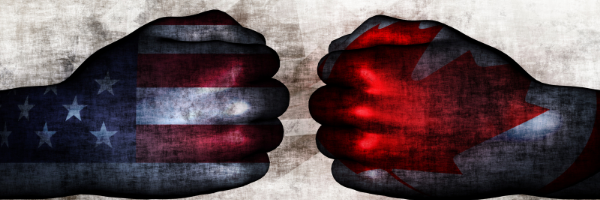Dairy tariff-rate quotas – or TRQs – are the center of contention. Under the USMCA, which replaced NAFTA in July, Canada had pinky-promised to grow its TRQs. By raising that threshold, more U.S. dairy imports could flow into Canada without the bank-busting tariff slap.And this was a big deal for the U.S. For years, dairy groups had complained that Canada was not so neighborly when it came to accepting imports. Dairy issues were even the last topic resolved before signatures on the USMCA were inked. So naturally, drama has ensued.The rift: Canada allocated a chunk of those TRQs to its domestic processors. And those same processors will probably bypass importing high-value, retail-ready U.S. products and instead opt to pay pennies for lower-value milk goods.
AKA: The U.S. isn’t getting as much bang for its trade-loving buck as it would like.
U.S. politicians, trade groups, and dairy associations are up in arms.
Even former/future Secretary of Agriculture Tom Vilsack got in a punch. As he wraps up leading the U.S. Dairy Export Council, he noted, “We knew from day one that enforcement would be key to bringing the intended benefits home to America’s dairy industry.”
Canada’s response: We’re not breaking the rules, eh.
But that’s not stopping the U.S. Trade Representative Robert Lighthizer from revisiting the fine print. Starting last week, analysis of the TRQ obligations began to double check that Canada was doing its part.
Where this goes: Everyone has played nice in the newly-minted USMCA pact so far. Will this dairy drama cause the first big tussle? Stay tuned.

